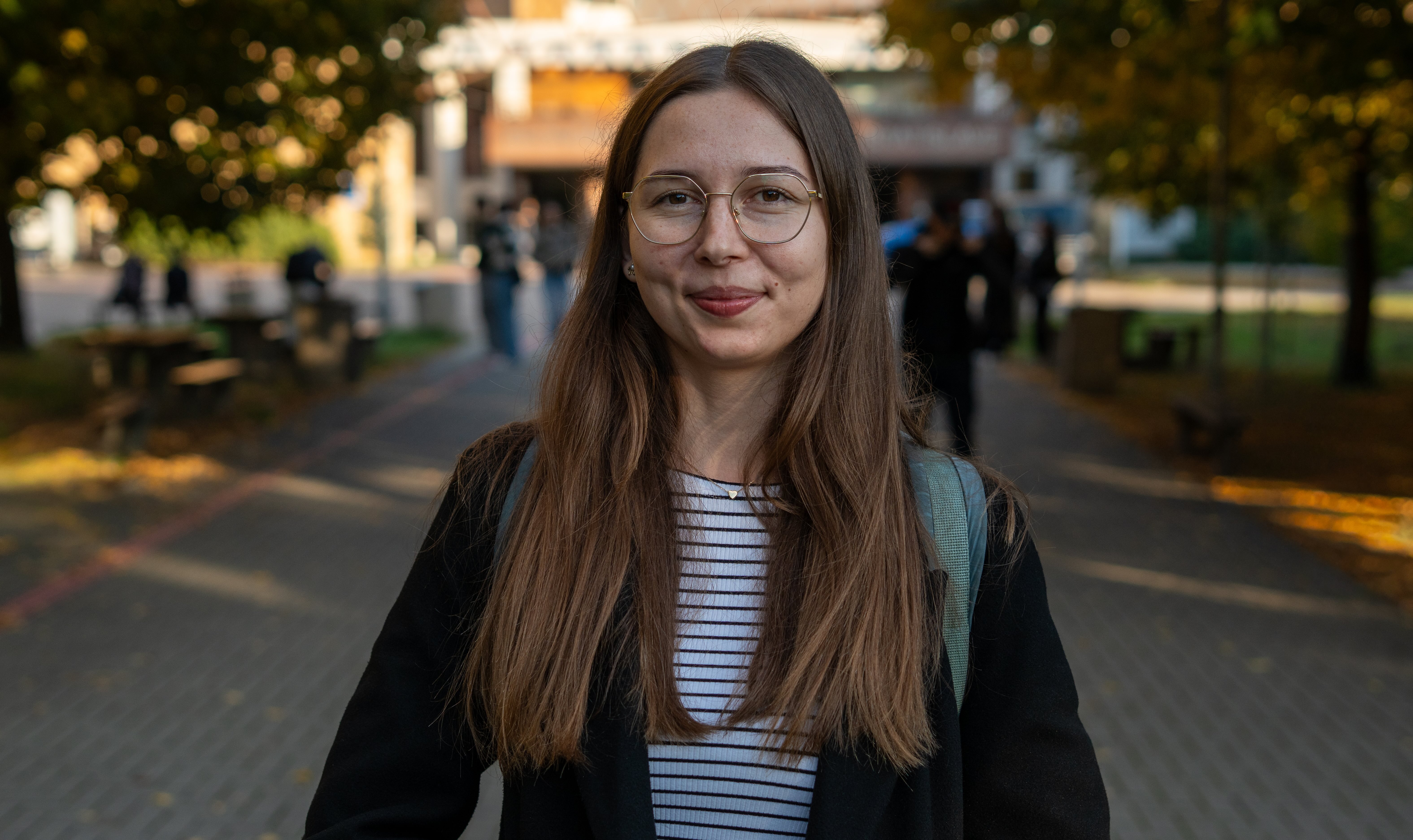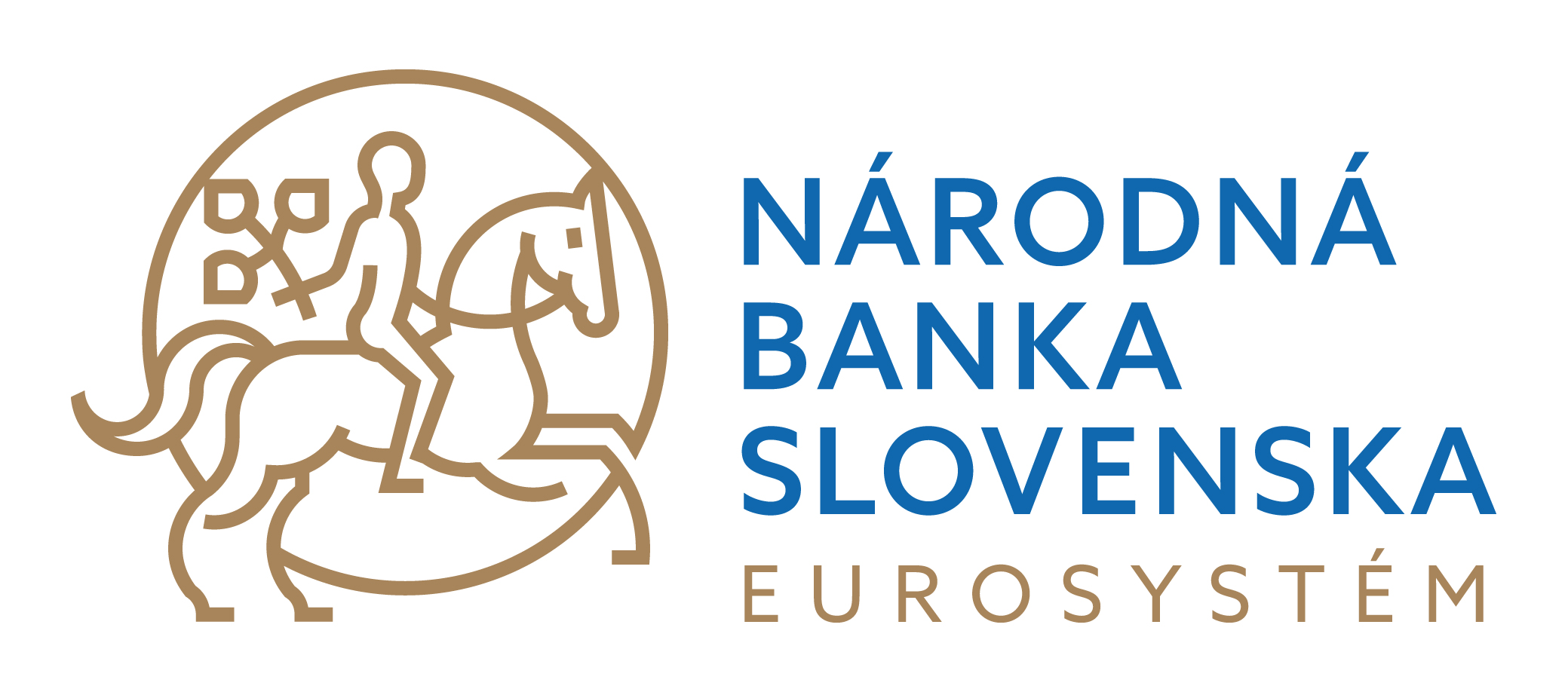Bc. Paula Gašpercová is a fifth-year student in the Applied Economics program. She is also the winner of the Student Scientific and Professional Activity (ŠVOČ) competition at both the faculty and university levels, and the recipient of the Literary Fund Award for the best paper presented at the Student Scientific Conference in the 2024/25 academic year. Her supervisor was Peter Tóth.
We talked with Paula about her research, motivation to participate in the competition, what makes a ŠVOČ paper successful, and her future career plans.
Paula, first of all, congratulations on your outstanding success!
Your paper, titled “Analysis of the Gender Wage Gap in Slovakia: What Is the Role of Motherhood?” has a fairly straightforward name that clearly indicates what you studied. Nevertheless, could you please present it in your own words – what was the main aim of your research and what were the most interesting findings?
Thank you very much for the congratulations, I really appreciate it.
In our research, we focused on the differences in wages between men and women in Slovakia. We wanted to find out whether these differences stem from objective factors or whether there is also an unexplained part that could indicate the presence of discrimination. We examined this not only for women in general but also specifically for mothers.
The main finding was that most of the wage differences between men and women in Slovakia remain unexplained, which suggests deeper inequalities in the labor market. Another interesting discovery was that the differences in mothers’ pay are not only related to the fact that they have children but also to when they became mothers. We found that the penalties associated with motherhood are most pronounced between the ages of 30 and 40 – precisely the period that is crucial for career growth.
One of the key conclusions of your analysis is that a significant part of the wage gap between men and women remains “unexplained.” What exactly does it mean that these differences are unexplained? And is it theoretically possible – for example, in further research – to understand these factors better?
The fact that part of the wage gap between men and women is “unexplained” means that it cannot be attributed to any measurable factors such as education, years of experience, industry, or hours worked. The best way to explain it is with an example: if men earn more because they have more years of experience, this difference appears in the explained part. Simply put – more experience means a higher salary. However, if we find that each additional year of experience results in a higher wage increase for men than for women, even though they have worked the same amount of time, this difference cannot be explained – and that’s the “unexplained part.”
That’s what the whole paper is really about – detecting the presence of such factors and then considering whether they might indicate discrimination or whether other elements are at play, such as education quality or differences in job preferences between men and women.
As for whether it can be understood better, that’s probably a question for more experienced experts. But I do think it’s possible – just not easy, since these factors, if measurable at all, are very difficult to quantify.
The topic of gender pay differences is not only scientifically relevant but also socially significant. After all, the recently approved and controversial constitutional amendment included a point on equal pay for men and women. Was it this topicality that led you to choose the subject, or was there something else behind your decision?
Gender equality has always been something that interested me. Perhaps because I’m from the Orava region – which is rather traditional – I often observed the negative impacts of these inequalities in my surroundings. At the same time, as you mentioned, this topic is always being discussed and often stirs debates, which also brings a lot of half-truths and misinformation. When I was choosing my bachelor’s thesis topic, I found it interesting to look at gender differences from an economic perspective – to see how things really are and what drives the wage gap. I became passionate about it, and the ŠVOČ topic then naturally followed as a continuation of that interest.

Your paper was successful not only at the faculty but also at the university level, and you even presented it at the University of Economics in Prague.
If you were to come up with a “recipe for a successful ŠVOČ paper,” what ingredients would you include? What, in your opinion, makes a paper stand out to both the expert committee and a broader audience?
I think I owe a lot to my supervisor, P. Tóth, without whom this work wouldn’t have been possible. So, definitely a good supervisor who can guide you is essential. Then, it’s important that you truly enjoy your topic. Writing a ŠVOČ paper takes a lot of free time and effort, and if you’re passionate about your subject, it makes the whole process much more enjoyable. Finally, I think it’s crucial not to underestimate the presentation. Few people will actually read your paper – most will hear about it from your presentation. A piece of advice I received, and which I think paid off, was to try to simplify things and present them clearly and without unnecessary complications.
Students who actively participate in research often continue in academia.
Do you see yourself pursuing research after graduation, or are you more drawn to practice? What are your future academic or career plans?
I’m currently at a point where I’m considering both options. Academia definitely appeals to me, and I’m looking into possibilities to continue in that direction, but I don’t want to get ahead of myself just yet. We’ll see what the final year of my studies brings.
Photo: Filip Gono













